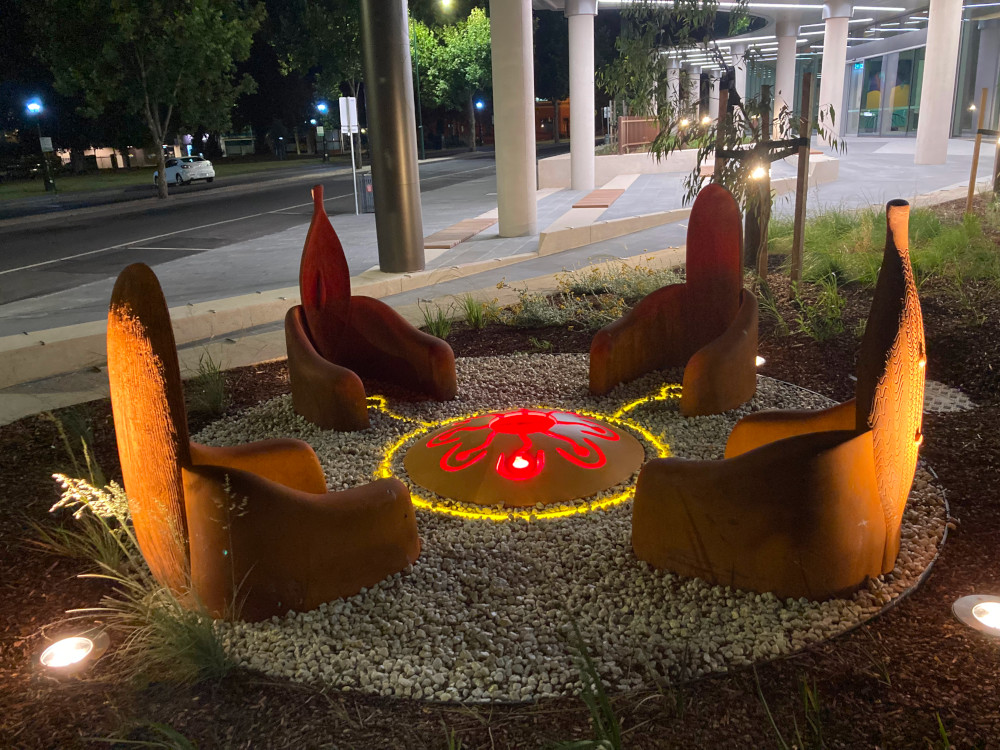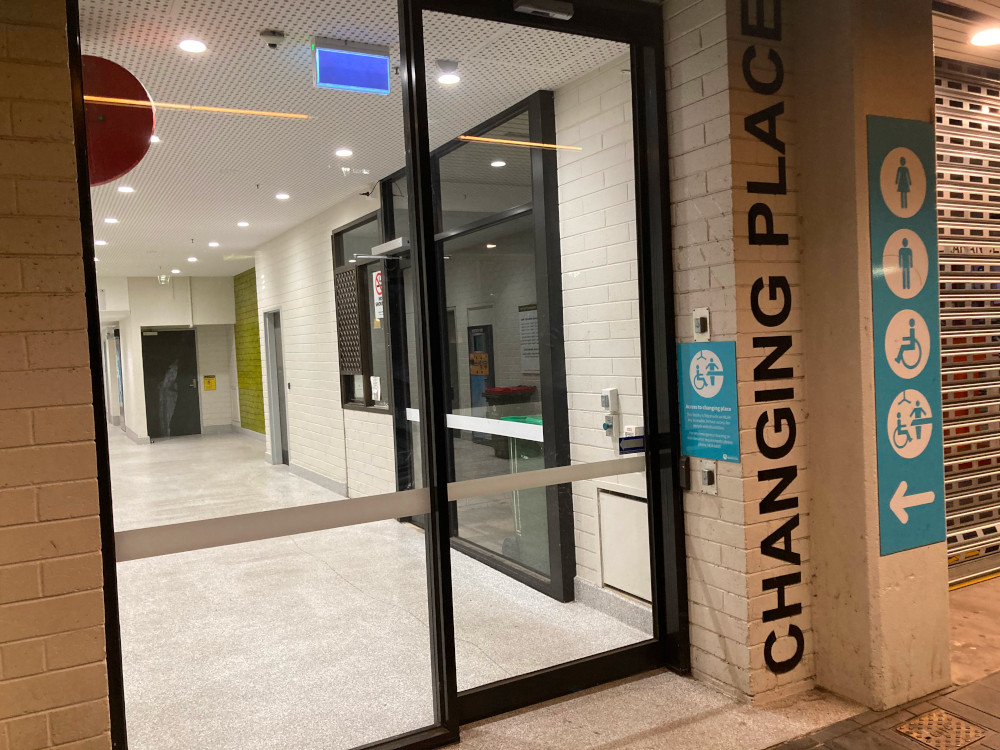An Obadiah Slope Column
Whatever happened to the eight-hour day: If only it were true: The Melbourne Anglican did a good job reporting their Synod (Church Parliament) endorsing the idea of clergy only working five days. So their report of NSW leaders telling the “Healthier clergy, families, churches because of five-day working week” looks like a real plus.
And it might be so for many of the clergy in Bathurst and Newcastle whose bishops heartily endorsed the effects of a five-day week on family life. But a quote about the Norwest church in Sydney troubles Obadiah.
First, the positive: from the Titus of the country, Bathurst’s Bishop Mark Calder. He told The Melbourne Anglican, “Bathurst had many new, young clergy with families, and that six days was unsustainable for those families.
“He said the diocese had questioned the usefulness of there being one day for clergy to get full rest, do chores and spend quality time with their children.
“’How is that meant to work and function in real life, and be good for family values. We just felt six days was unrealistic, and that we needed to take the pressure off them,’ Bishop Calder said.”
And now the comment that made Obadiah wonder.
“Norwest Anglican senior minister, the Reverend Pete Stedman, said his parish moved to a five-day model for clergy 13 years ago.
“He said when he’d started at Norwest, there were young families, and he wanted husbands to feel they could spend time with their wives and dads to be able to spend time with their children.
“’We realised that people serve well if their home and familial relationships are stable and healthy,’”’ Mr Stedman said.
“He said five ministers worked 50 to 55 hours across a five-day week ministering to a congregation of about 1000 people, and he wanted them to be able to rest really well on their two days off.”
If you are working five days at 55 hours a week, that is an eleven-hour day. If, for example, you start at 9, you are back home at 8:30, assuming a half-hour lunch break and no commuting time. This means little children are in bed when that worker gets home. Jeff Kennett, the former Premier of Victoria, once wisely advised colleagues, “Don’t let your children become little heads on pillows.”
Obadiah was guilty of working like that – it was not good for his family and was irresponsible of him.
According to Australia Institute research, Australian workers work 4.3 hours of overtime per week. Our clergy friend working 55 hours is working an extra 15 hours over a 40-hour week – that’s 267 per cent more overtime than the average.
Is that the example of family life we want to present to the world?
###
Bunjil, the Eagle creator spirit, flies at night over Bendigo. Obadiah has spent a short break in the double Victorian city of Bendigo. Double Victorian because it is in Victoria – the coffee is a clue – and is full of Victorian buildings, preserved because the money ran out after the gold rush era. A culture walk through the CBD led by a Dja Dja Wurrung leader yielded architectural delight.
Bundiyl flies across the copper sheath of the new (opened in April 2023) Law Courts building – and the top floor is where the Koori Court is found. It is a sentencing court where indigenous Australians can have some matters transferred. Local elders and other respected persons in the Aboriginal community discuss the defendant’s background and advise on culturally appropriate sentences.
So, Bunjil is there to welcome this marginalised group into the justice system.

Bunjil is joined by the serpent Mindi, who slithers through the pavement at the entrance, which is paved in a pattern representing a smoking ceremony.
Obadiah could not help but notice signs on an adjacent wall: “No Smoking”.
Christians who are quick to cite syncretism might appreciate that sign being there, but Obadiah did not see our tour guides as believing in a literal Bunjil or Mindi. What they were appreciating was some cultural respect and acknowledgement.
Obadiah came to town the week the Dja Dja Warrung people were marking the Recognition and Settlement Act ten years ago. They were the first group to sign an agreement under the Traditional Owner Settlement Act 2010. This created partnerships with local government and created the spirit that led to Bunjil being designed into the law courts.
A block away, we came across a garden on the TAFE campus, with planting representing the six seasons observed by the Dja Dja Wurring people, starting with the emu nesting season and then a kangaroo season and through the year. The sun-shading devices on the building next door expressed the message of the seasons.
Across the manicured Bendigo Town Hall lawn, we found Galkangu or the “Gov Hub”, where the State Government services hang out. Like the Law Courts, indigenous art is baked into this building, patterns on the glass facade lifted from a shield, artwork and a sculpture garden featuring giramal (shields) and coolamons which Obadiah came back to that night.

###
Vics do great, not just with coffee: And here’s something Obadiah found in Bendigo, walking along the street after taking that sculpture pic, that the Victorians do well. Changing Place is just that, a shopfront where people can change their clothes. Imagine you are wearing an adult diaper, and you need a change. Here is a place your carer can take you and find an adult-size change table that is designed for you to be easy to change.
Question: what would happen at your church if that sort of emergency happened?



Great to see you’ve been enjoying some time in our city!